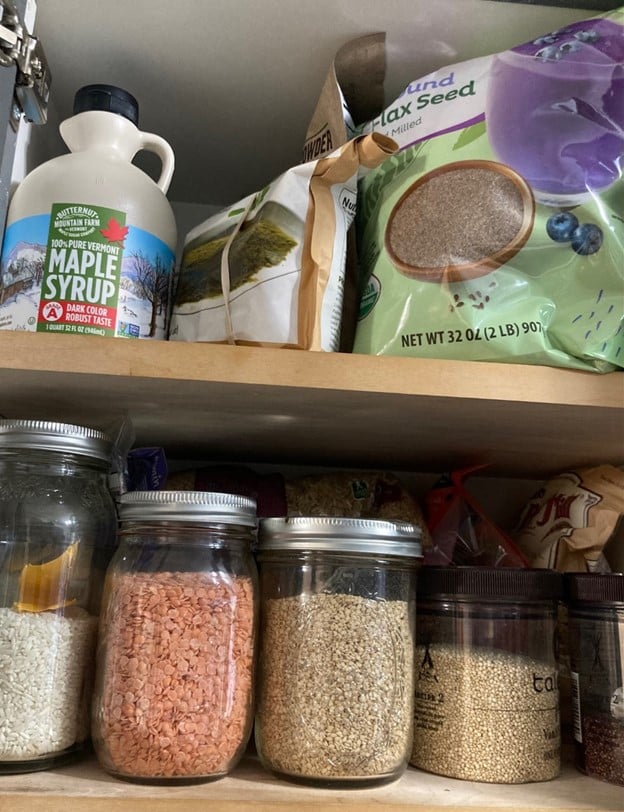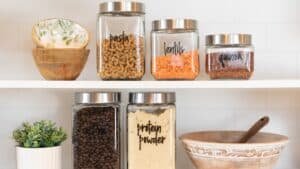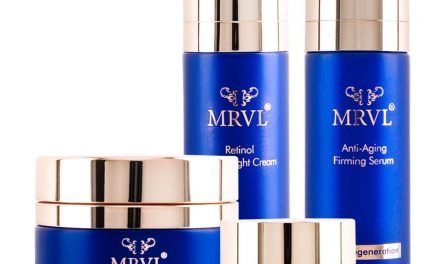
About 12 years ago, I was diagnosed with the auto-immune Sjogren’s syndrome, a chronic, slowly progressive, inflammatory autoimmune disorder which affects my salivary and tear glands causing dryness in my mouth and eyes.
While I see a rheumatologist twice a year, where she checks to make sure it’s not progressing, I did research to learn about foods that I should avoid or add to my diet. I needed to eat foods to relieve the inflammation often associated with this and other auto-immune diseases.
Getting Used to Baking
Many of the foods like whole grains, nuts, leafy green vegetables, high fat fish and other foods known to combat inflammation I already included in my diet. However, wheat (even whole wheat) is one of the foods that causes inflammation, and I’m a bread and pasta lover. While there are many gluten-free baked options available now, 12 years ago there were far fewer.
The other problem I faced, which is true to this day, is that many store-bought gluten-free offerings contain other inflammatory ingredients such as refined oils and fatty acids and carbs like potato flour that raise my blood sugar. As a result, I needed to learn how to make my own gluten-free breads and baked goods.
Given that I wasn’t a baker – I usually bought baked goods or had someone else in the family (my mother and aunt were the bakers in the family before they died) use their skills – I had to start from scratch.
In some ways, that was good because I didn’t have to unlearn very much. The first thing I did on my baking journey was purchasing my first gluten-free baking cookbook, The Joy of Gluten-Free and Sugar-Free Baking, written by Peter Reinhart and Denene Wallace.

While this was my first gluten-free cookbook purchased in 2014, I’ve since found many on-line and magazine recipes that I love.
What I Have in My Pantry


Here are some of my suggestions for stocking a gluten-free panty:
| Whole Grains | Legumes (canned or dried) |
| White rice Brown rice Wild rice Millet Amaranth Quinoa Popcorn Certified gluten-free oats |
Chickpeas Kidney beans Black beans Split peas Cannellini (white beans) Lentils |
| Canned or Pre-packaged | Cooking Staples |
| Canned beans (see above for varieties) Diced, puree and paste tomatoes Olives and capers Can fish (sardines, oyster, tuna) Salmon Gluten-free pasta (free of preservatives) Rice, kelp and seaweed noodles Gluten-free tortilla chips/crackers (preservative free) Dried herbs (rosemary, thyme, dill, Italian herbs, bay leaves, oregano, etc.) Dried spices (turmeric, garlic, nutmeg, chili flakes, cumin, paprika, cayenne pepper, etc.) Curry powder Black pepper Herbal teas Tamari Apple cider vinegar Coconut butter Nut or seed butters |
Dried fruits (oil and preservative free) Nuts (macadamias, almonds, hazelnuts, pecans, walnuts, etc.) Seeds (pepita, sunflower, sesame, chia, etc.) Nut meals/flours (rice, almond, banana, coconut) Baking soda and powder Arrowroot powder Cacao or organic cocoa powder Pure maple syrup Raw honey Cooking essential oils (orange, lemon, lime and/ or peppermint) Fats and Oils |
Stocking your pantry or cabinets can be quite daunting, but once it’s done, life is so much easier and safer if you require a gluten-free diet. I had some of these items in my pantry already, and I gradually added others over time. I suggest you start with ingredients for a particular recipe and build from there.
Let’s Have a Conversation:
Do you or someone in your family need a gluten-free diet? If so, what has been your experience? What are some of your favorite gluten-free recipes?





